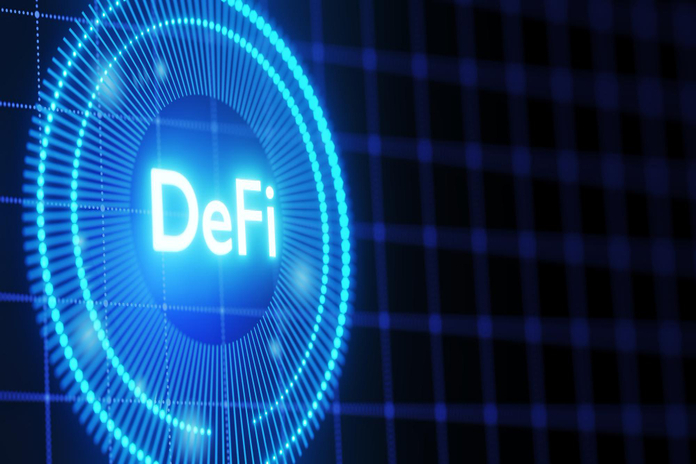The decentralized finance (DeFi) market is heating up as the total value locked (TVL) in DeFi protocols approaches an impressive $100 billion. This growth reflects the growing adoption of decentralized finance solutions and highlights the growing influence of DeFi in the broader cryptocurrency landscape. With growing investor interest, major DeFi protocols are gaining momentum and the blockchain ecosystem is diversifying, indicating strong growth for DeFi.
The DeFi market is nearing the $100 billion milestone.
The total value locked in DeFi protocols has reached $94.491 billion as of November 7, 2024, just $5.59 billion short of the target of $100 billion. This indicator, which measures the overall value held within DeFi platforms, has been steadily rising thanks to increased investor interest and the overall cryptocurrency market rally.
Top-performing protocols like Lido, Aave, and Eigenlayer are leading the way, each experiencing double-digit growth over the past month. Lido currently oversees $27.57 billion, Aave oversees $14.964 billion and Eigenlayer oversees $11.96 billion at TVL. The rapid growth of these protocols highlights their role as a key pillar of the DeFi ecosystem.
Surging Cryptocurrency Market Drives DeFi Expansion
The expansion of DeFi has been further accelerated recently by the rise of major smart contract tokens. Ethereum (ETH), which accounts for over 55% of DeFi TVL, saw its price rise by 10% this week alone. Other notable tokens, including Solana (SOL), Cardano (ADA), and Avalanche (AVAX), also added momentum with impressive gains. Solana rose 12%, ADA rose 9%, and AVAX rose 7.7%, strengthening the overall value of the DeFi market as a whole.
The market capitalization of the smart contract-based cryptocurrency now stands at $638.12 billion, up 13.8% as investor optimism rises. Ethereum continues to dominate the DeFi landscape with significant contributions, followed by Tron (7.1%), Solana (7.03%), and Binance Smart Chain (4.9%). Notably, even Bitcoin contributes to DeFi’s TVL, holding 3.14%, showing how different blockchains are coming together to support the growth of DeFi.
DeFi’s various blockchain contributions
As DeFi’s TVL approaches $100 billion, the resilience of the sector across multiple blockchains is evident. Ethereum is still the biggest player, but other blockchains such as Solana and Tron are gaining ground. This diversification indicates that DeFi does not rely on a single chain, creating a decentralized ecosystem that is less susceptible to the risks associated with any one protocol or platform.
The variety of chains contributing to DeFi signals a shift toward a more decentralized and secure financial infrastructure. As DeFi protocols expand and attract more assets, this widespread growth reduces dependence on centralized financial systems and enhances the potential for DeFi to become an important part of the global financial ecosystem.
The future of DeFi in the global financial system
As DeFi approaches the $100 billion TVL benchmark, this is more than just a financial milestone. The high interest in DeFi protocols highlights the growing confidence in decentralized systems as a viable alternative to traditional finance. As the DeFi sector continues to expand, it could soon represent a significant shift in global finance and provide more transparent, efficient and accessible options for financial services.
Investor enthusiasm remains high as DeFi protocols like Lido, Aave, and Eigenlayer demonstrate their ability to scale, raise large capital, and deliver value to users. As more investors get involved, DeFi could play an increasingly important role in shaping our decentralized future.
In conclusion, the nearly $100 billion growth of the DeFi market reflects the evolving landscape of decentralized finance, with protocols spanning multiple blockchains contributing to this unprecedented expansion. This growth not only demonstrates the potential of DeFi, but also lays the foundation for a more decentralized, resilient, and secure global financial ecosystem.
Featured Image: Freepik
Please see disclaimer

